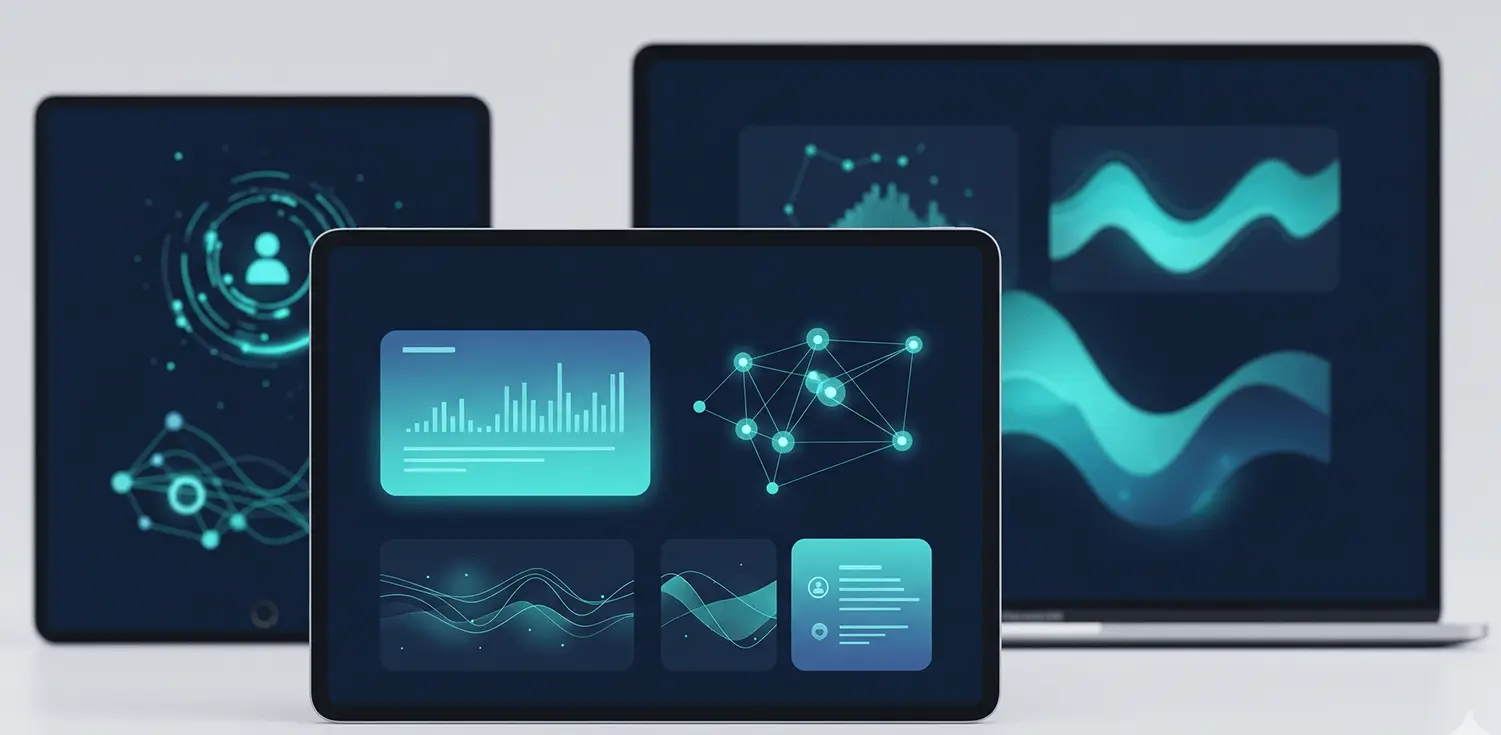
June 05, 2025
Great design goes beyond aesthetics — it directly impacts user engagement, retention, and conversions. Whether you’re building a mobile app or a web application, applying UI/UX design best practices ensures users not only enjoy the experience but also keep coming back. In this blog, we’ll explore proven strategies to improve usability, accessibility, and overall user satisfaction.
Prioritize User-Centered Design
UI/UX design starts with understanding your users. Conduct user research, create personas, and map user journeys to ensure every element aligns with user goals.
- User research
Conduct surveys and interviews to understand real user needs.
- Personas & journeys
Create user personas and journey maps for clarity.
Simplify Navigation
Clear and intuitive navigation keeps users engaged and prevents frustration. Menus, buttons, and links should be consistent and easy to understand.
- Clear labels
Use simple and descriptive text for menu items.
- Logical structure
Organize navigation in a predictable and logical order.
Design for Accessibility
Accessible design broadens your audience and complies with global standards. Consider color contrast, text readability, alt tags, and screen reader compatibility.
- Color contrast
Ensure text and visuals are legible for all users.
- Keyboard navigation
Allow users to navigate without a mouse.
Use Visual Hierarchy Effectively
Guide users through your interface by emphasizing important elements with size, color, and positioning. A clear hierarchy reduces cognitive load.
- Headings & spacing
Use size and spacing to show relationships between elements.
- Call-to-action focus
Make CTAs visually prominent to guide actions.
Optimize for Mobile Devices
With mobile usage dominating, responsive design is a must. Ensure touch-friendly buttons, fast loading times, and layouts that adapt to smaller screens.
- Responsive design
Adapt layouts to fit all devices and orientations.
- Touch-friendly
Ensure tap targets are large enough on mobile.
Consistency Across the Interface
Consistency in typography, colors, and interactions builds familiarity and trust. Users should feel comfortable navigating from one page to another.
- Typography standards
Stick to 2–3 fonts for clarity and consistency.
- Color palette
Apply a unified color system across the platform.
Leverage Microinteractions
Small animations and interactions — like button hovers, swipe gestures, and confirmation messages — improve user satisfaction and feedback loops.
- Feedback cues
Provide confirmation or error messages after actions.
- Animations
Use subtle transitions to guide and delight users.
Test, Measure, and Iterate
No design is perfect from the start. Conduct usability testing, collect feedback, and optimize based on analytics and user behavior.
- Usability testing
Test designs with real users before scaling.
- Analytics insights
Track clicks, drop-offs, and engagement for improvements.
